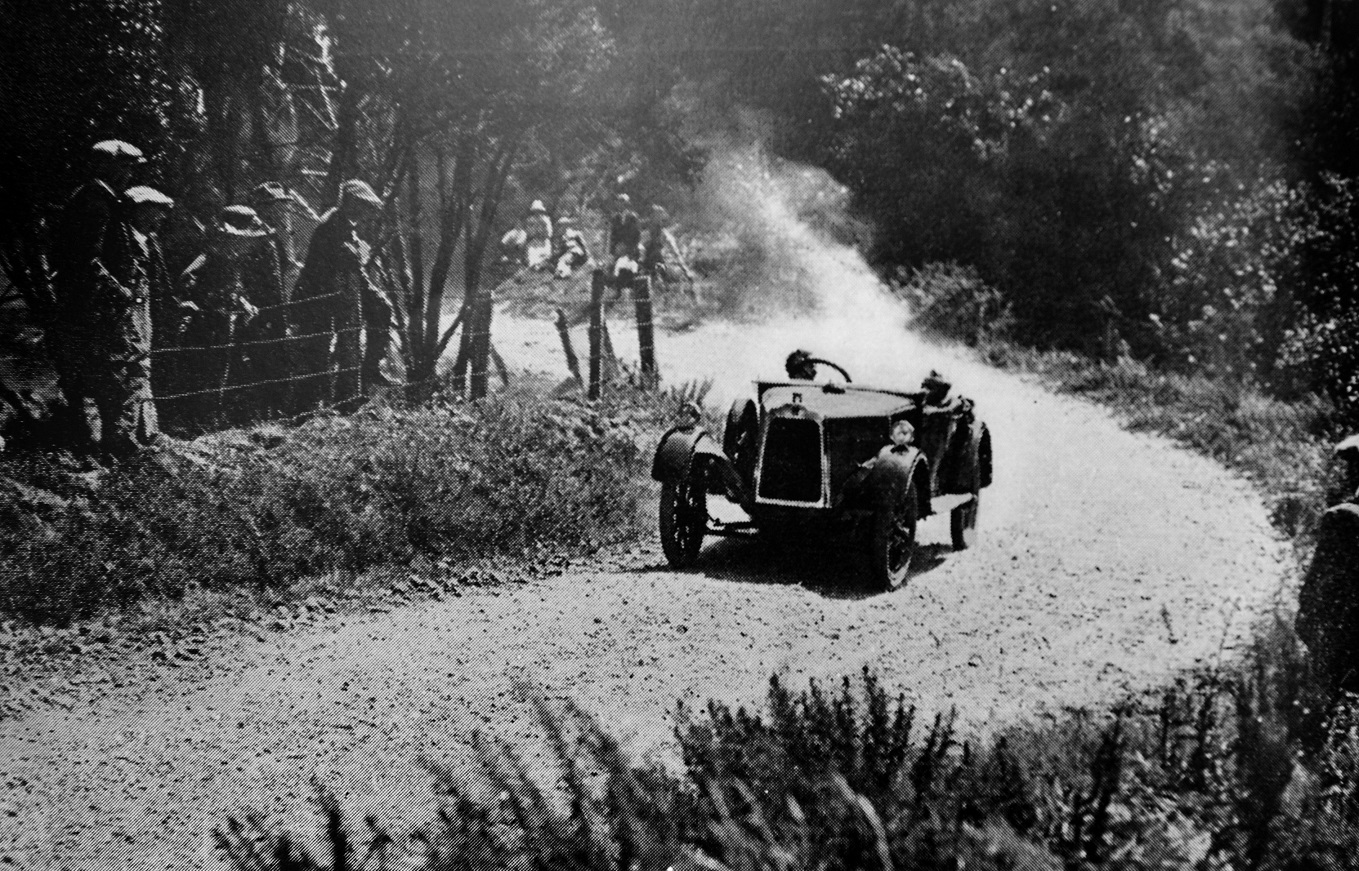

Motorists’ day out
The annual hill climb of the Otago Motor Club was held on Saturday. The weather was fine and there was a record attendance of spectators. The officials in attendance were Mr J.L. Passmore (starter), Mr A.E. Ansell (judge), Mr W. Wright (steward of course) Mr V. Breen (marshalling of the cars) Messrs A. Wood and Jago were at the finishing post, and Messrs S. Sheriff and T. Scott were in charge of the electrical timing apparatus. The programme was well arranged, and though in the motor cycle race two of the competitors fell on the bends, the riders were not injured.
Future emperor marries
Tokio, January 26: Prince Hirohito was married this morning to Princess Tagako in the secret precincts of the Imperial Palace, according to the ancient marriage ritual. The spirits of 122 Royal predecessors witnessed their union, and gave their blessings to the Royal pair kneeling before the Shinto altar. A remarkable processional occurred immediately before the ceremony, the bridal pair, the royal family and members of the household engaging in a curious slow movement towards the shrine, lasting two hours. The ceremony itself was brief. The Royal couple exchanged bowls of rice and wine after the ancient custom. Elaborate precautions were taken to guard against any untoward incident, 10,000 soldiers and police lining the route. A salute of 101 guns announced the completion of the ceremony, and after the wedding luncheon the royal couple led a triumphal procession from the Palace to Amasaka, which has been appointed as their temporary residence. The public celebration has been postponed owing to the country’s mourning in connection with the earthquake. The groom wore a simple dress suit covered by a red cloak with embroideries, and the bride wore a dazzling kimono of purple and scarlet silk with a chrysanthemum crest, embroidered, and four outer garments of silk, each more magnificent than the other.
Gravel train blocks line
An accident to a ballast train near Sawyers Bay caused several of the inward and outward trains to run late on Saturday morning. The outward Oamaru train, which leaves at 8.30, was delayed until 8.45. The morning train from Port Chalmers, which usually arrives at 8.47, did not arrive until 9.21, and the second Port train was 20 minutes late, arriving at 10.26. The Palmerston train, which is usually due at 9.22, did not arrive until 10.7. — ODT, 28.1.1924
Compiled by Peter Dowden











